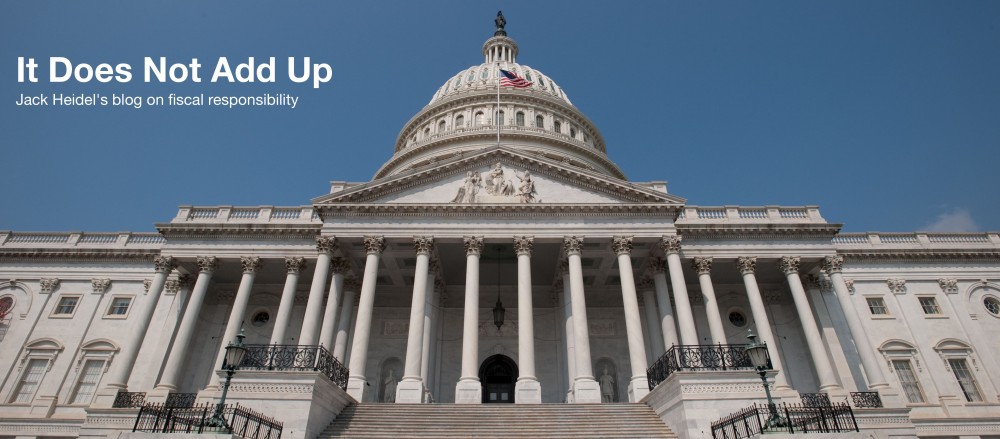After passing an unneeded $1.9 trillion Covid-Relief Stimulus plan, which already risks setting off a new round of inflation, the Biden Administration is now back with a bloated $2.3 trillion infrastructure plan.
Here’s an outline of what is at stake:
- The U.S. economy is now surging with 916,000 jobs being added by employers in March, which means that more government stimulus is a bad idea.

- Most U.S. transportation infrastructure is not deteriorating, as evidenced by the decreasing fatality rate over time for interstate highway travel (see chart, where the solid line represents the national total).

Furthermore, infrastructure spending in a broader sense, including education and training, R&D, and physical capital, has stayed relatively constant for the past 35 years (see chart) and is already well funded. - Raising the corporate tax rate from 21% to 28% is a bad idea. Tax reform in 2017 lowered the corporate tax rate from 35% to 21%. This led multinational companies to repatriate $1.6 trillion from overseas to the U.S. in the years 2018 – 2020. The repatriation total for the previous three years was only $495 billion. In the meantime, many other developed countries have also lowered their corporate tax rate and the U.S. needs to remain internationally competitive. And corporations don’t really pay taxes anyway. They are really just vehicles for collecting taxes which are ultimately paid by customers in higher prices, workers in lower wages and shareholders in lower returns on investment.
- There are several worthwhile projects in the Biden plan such as high-speed broadband for rural areas ($100 billion), electric grid upgrades ($100 billion), and climate technology ($35 billion), among others.
- But they need to be paid for! The problem is that most of Biden’s proposed tax increases fall on corporations, which makes them harmful to the economy. This means new taxes should be derived from other sources such as high-income individuals, for example, or perhaps by putting a price on carbon, which is a far more efficient way to cut carbon emissions.
Conclusion. The two biggest hurdles for the Biden infrastructure plan are that U.S. infrastructure is overall in good shape and that it would be a big mistake to raise corporate tax rates. But there are other ways to raise smaller amounts of new revenue for other types of projects. In other words, the Biden plan should be scaled way back and, of course, this is what will likely happen if it becomes a bipartisan plan.
Sign-up for my Email Newsletter
Follow me on Facebook
Follow me on Twitter

